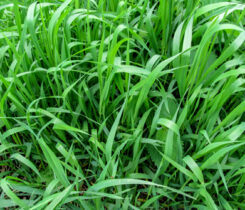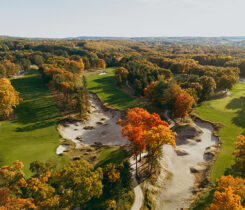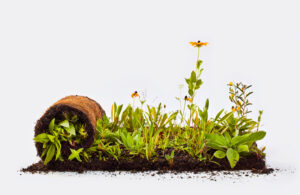Turf Pest of the Month: Stopping plant collapse from anthracnose
Though not specifically a pest, anthracnose has proven to act like one over the years. And as spring and summer get closer and closer, it becomes a disease that superintendents will need to keep their eyes on.

Gerald Lee Miller
What makes this a challenge is, according to James Kerns, Ph.D., professor and Extension specialist of turfgrass pathology at N.C. State, it can be a difficult disease to diagnose.
“It can be challenging if a superintendent has never seen the disease before, so the best thing to do is to submit a sample for a diagnosis,” Kerns says. “If the superintendent has a macroscope, they might be able to see crowns that are water-soaked with acervuli.”
Anthracnose, Kerns says, is a disease of foliage and crowns of both cool- and warm-season grasses. The disease manifests as either a foliar blight or rotting of the crown tissue.
Gerald Lee Miller, Ph.D., assistant professor of turfgrass pathology at Purdue, adds that if the disease is left untreated, the turf will become extremely stressed before total plant collapse and dying in larger areas.
“The disease spreads by spores, meaning it moves very rapidly. So, it’s pretty widespread in most areas,” he says.
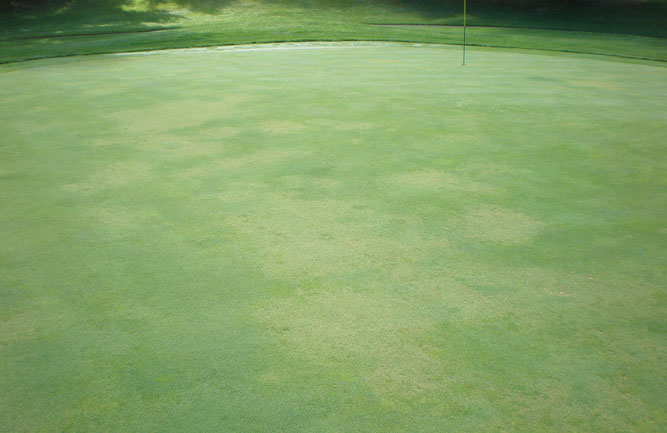
If left untreated for too long, anthracnose can lead to mass destruction of turf in areas like putting greens. (Photo: James Kerns)
Where to spot it
Anthracnose can be a hard disease to diagnose for golf course superintendents. The first question you might have is when should I start looking for it on my turf?
Seen during the summer and early fall, Miller says the stress disease can be most severe on annual bluegrass and cultivars of creeping bentgrass. He adds that superintendents will often find the disease on putting greens. Miller continues, adding that there are two types of symptoms.
“One type is foliar blight, which is mostly just a yellow cast over the turf grass,” he says. “Normally, that is not too severe. But what happens is, when conditions are extremely stressful, we get into a basal rot condition. And that’s when the pathogen dives down to the crown of the plant.”
According to Peter Landschoot, Ph.D., professor of turfgrass science at Penn State, while the disease is a big problem in the northeast and upper Midwest, its area of effect has recently begun to expand.
“Anywhere Poa annua and bentgrass are growing, you can expect to find it,” he says.
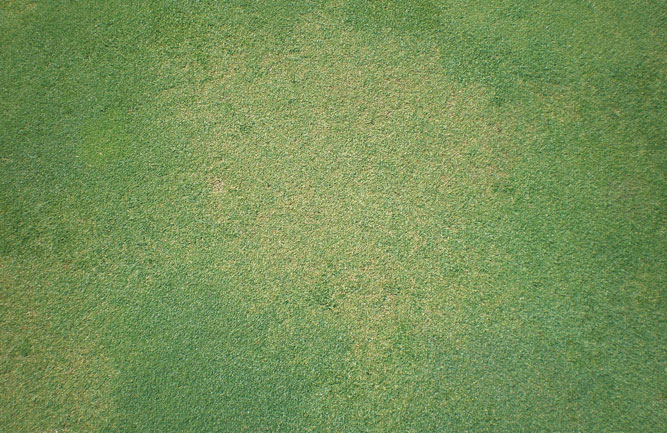
(Photo: James Kerns)
How to stop it
Landschoot thinks back to the ’90s when asked how superintendents can stop this disease. During this time, it was popular to put low rates of nitrogen (N) in putting green to increase its firmness.
“University professors and USGA agronomists did a pretty good job of informing superintendents that if they have an anthracnose problem, they better get their N levels up,” says Landschoot.
In addition to raising N levels, Miller recommends fungicides.
“The stronger fungicides are DMIs, which have less growth-regulating effects,” he says. “It’s important to rotate them because some anthracnose populations can develop a resistance.”
Finally, Miller recommends raising mowing heights, especially if you know the disease is present.
“I imagine superintendents are tired of hearing to raise mowing heights and add more N, but anthracnose tends to follow stress patterns,” Miller says.









